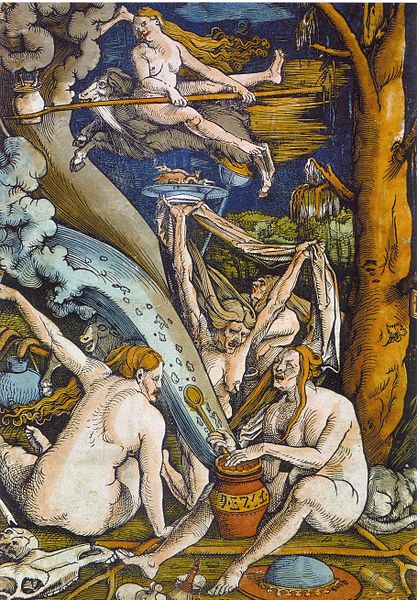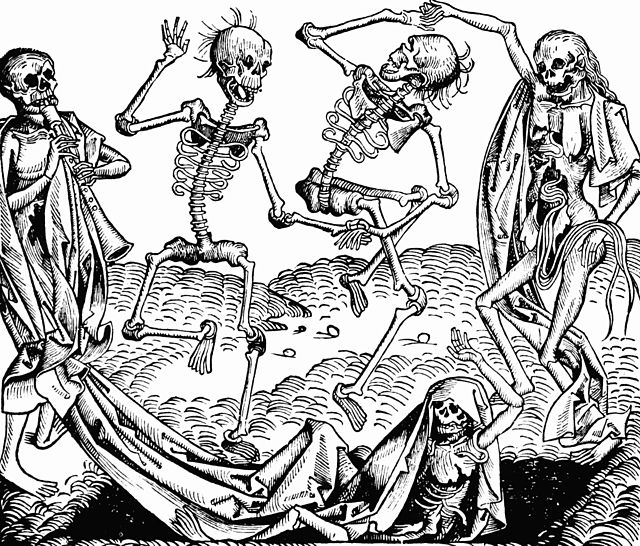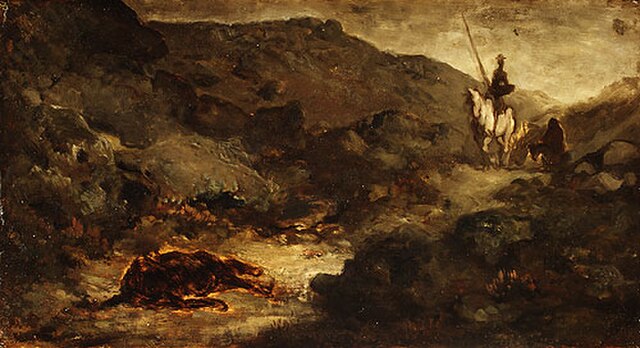Don Quixote, Op. 35 is a tone poem by Richard Strauss for cello, viola, and orchestra. Subtitled Phantastische Variationen über ein Thema ritterlichen Charakters, the work is based on the novel Don Quixote de la Mancha by Miguel de Cervantes. Strauss composed this work in Munich in 1897. The premiere took place in Cologne on 8 March 1898, with Friedrich Grützmacher as the cello soloist and Franz Wüllner as the conductor.
Strauss (1898) by Fritz Erler
Image: Orchesterwerke Romantik Themen
A symphonic poem or tone poem is a piece of orchestral music, usually in a single continuous movement, which illustrates or evokes the content of a poem, short story, novel, painting, landscape, or other (non-musical) source. The German term Tondichtung appears to have been first used by the composer Carl Loewe in 1828. The Hungarian composer Franz Liszt first applied the term Symphonische Dichtung to his 13 works in this vein, which commenced in 1848.
Vyšehrad over the Vltava River, evoked musically in the first poem of Smetana's Má vlast.
Hans Baldung Grien, Witches, woodcut, 1508. Mussorgsky's Night on Bald Mountain was meant to evoke a witches' sabbath.
Michael Wolgemut, The Dance of Death (1493) from the Liber chronicarum by Hartmann Schedel, evoked musically in Saint-Saëns' Danse macabre.
Honoré Daumier, Painting of Don Quixote, c. 1855–1865






